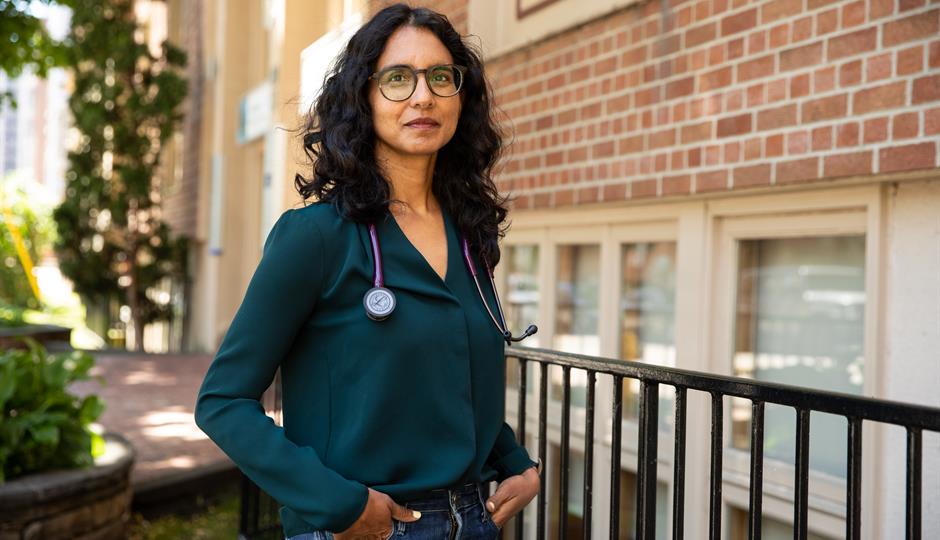From The Globe and Mail
Female doctors in Ontario made less on average than their male counterparts in 35 medical specialties tracked by the Ministry of Health, a Globe and Mail analysis of physician billings has shown.
This was true even in specialties such as obstetrics and gynecology, where the majority of practising doctors were women.
The most male-dominated disciplines were also the ones that paid the best. Based on the average compensation within each specialty, male doctors dramatically outnumbered female physicians in all 10 of the most highly remunerated areas of practice.
Meanwhile, female-dominated specialties were both rare and among the least lucrative. Overall, women outnumbered men in only six of the 35 disciplines and half of those female-dominated specialties fell among the 10 lowest paid. The constant was that women made less money.
Michelle Cohen, a family doctor in Ontario who researches the gender pay gap in medicine, said the gender gaps in medicine have been well-established by numerous studies, but there are still those who push back.
“One of the first things you’re going to hear as a criticism is: this is fee-for-service. You do a service, you bill a code and you get the money. It seems fair … but there is built-in bias,” Dr. Cohen said.
For example, Dr. Cohen’s research has found that certain procedures – particularly those performed on female bodies – pay less. In a 2020 paper that Dr. Cohen co-authored with Tara Kiran, they noted that a surgeon in Ontario is paid $50.90 for an incision under general anesthetic on a vulvar abscess, but $99 for a scrotal abscess. And a biopsy on a penis paid $39.60, but one on the vulva paid $26.85.
One enduring myth, said Dr. Kiran, is that the wage gap can be explained by the fact that men tend to work longer hours. It’s true that male physicians do work longer hours, but not enough to account for the gap. A British Columbia study that looked at primary-care physicians in 2017 found that women made 36 per cent less than men, but worked just three hours less per week.

